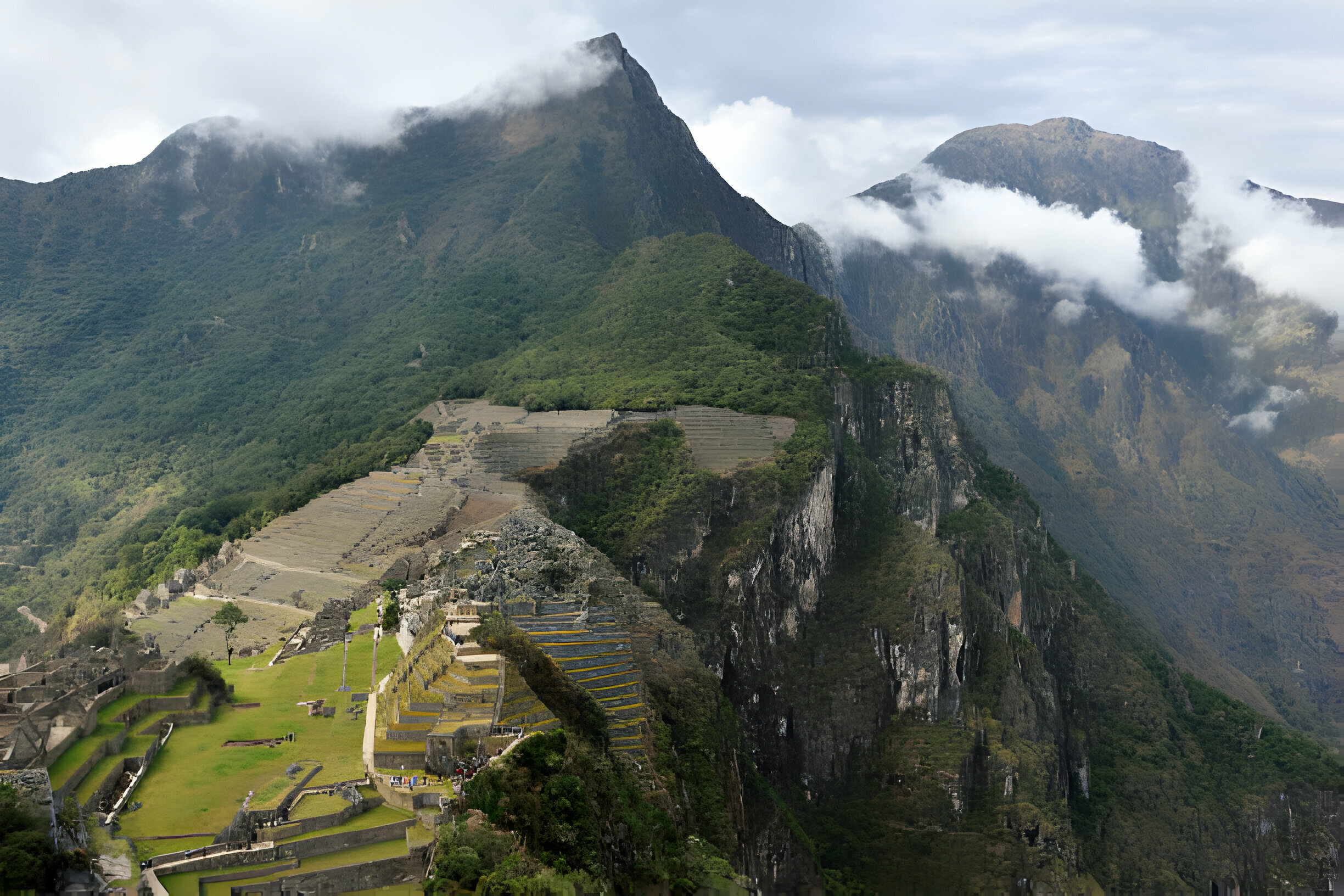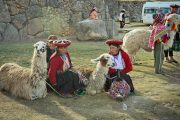The Inca Empire, known as Tawantinsuyu in Quechua, was a highly organized and sophisticated civilization that ruled over a vast territory in the Andean region of South America. At the helm of this empire was a centralized government with a complex administrative structure designed to govern the diverse ethnic groups and territories under Inca rule.
At the pinnacle of Inca society was the Sapa Inca, or emperor, who was believed to be the divine ruler and the son of the sun god Inti. The Sapa Inca wielded absolute power and authority over the empire and was revered as a semi-divine figure by his subjects.
Below the Sapa Inca were the nobility, known as the nobles of the blood or the panacas, who held positions of privilege and authority within the government. They were responsible for overseeing various aspects of administration, such as managing the empire’s vast landholdings, organizing labor for public works projects, and collecting taxes.
Assisting the nobility were a cadre of highly trained bureaucrats known as the quipucamayocs, who were responsible for maintaining records and accounts using the quipu, a system of knotted cords used for record-keeping.
The empire was divided into administrative units called provinces, each governed by a local ruler known as an apo or kuraka, who was appointed by the Sapa Inca. These provincial rulers were responsible for enforcing imperial law, collecting taxes, and providing tribute to the central government.
To ensure the loyalty and obedience of its subjects, the Inca government employed a system of reciprocal exchange known as the ayllu, which emphasized mutual cooperation and solidarity among community members.
Overall, the government of the Inca was characterized by its centralized authority, hierarchical structure, and emphasis on divine rulership. Despite its eventual downfall at the hands of Spanish conquistadors in the 16th century, the legacy of the Inca government continues to fascinate scholars and historians to this day.










Comment (0)